
Fericirea ?ncepe azi
¥73.49
Iubirea adev?rat? scoate la iveal? tot ce este mai bun ?n tine...Abby Abernathy s-a hot?r?t s? devin? altcineva. Acum e o fat? bun?, nu bea ?i nu vorbe?te ur?t, are haine cumin?i ?n ?ifonier. Crede c? s-a distan?at suficient de lucrurile ?ntunecate din trecutul ei, dar c?nd ajunge la colegiu ?mpreun? cu prietena sa cea mai bun?, dorin?a de un nou ?nceput este supus? provoc?rilor.Travis Maddox, ?iret, iste? ?i acoperit cu tatuaje, reprezint? tot ceea ce Abby vrea – ?i trebuie – s? evite. Travis ??i petrece nop?ile c??tig?nd bani din lupte, iar ziua e seduc?torul num?rul unu al campusului. Intrigat de rezisten?a lui Abby la farmecele sale, Travis o face s? intre ?n via?a lui printr-un pariu.?Povestea rela?iei dintre Abby Abernathy ?i Travis Maddox constituie o excelent? radiografie a adolescen?ei, cu toate fr?m?nt?rile, visurile ?i frumuse?ea ei.“ – Reading, Eating & Dreaming?V? garantez c? ve?i fi at?t de captiva?i de aceast? carte, ?nc?t ve?i l?sa orice alt? activitate deoparte!“ – BookWhisperer Reviews?Am f?cut o adev?rat? pasiune pentru personajele acestui roman.“ – The Daily Quirk?…Noul meu romance preferat, cu o doz? subtil? de erotism rafinat.“ – Nightly Reading Review
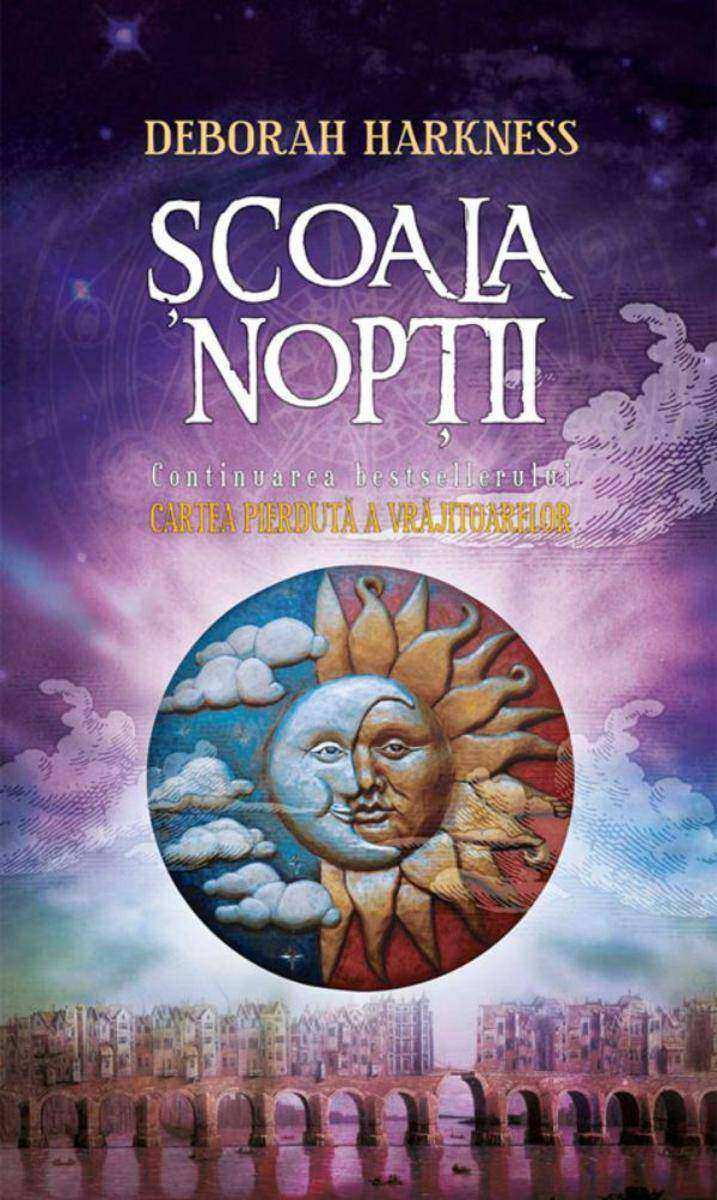
?coala Nop?ii
¥82.40
#1 Bestseller New York Times. Roman publicat ?n 15 limbi. Continuarea bestsellerului Cartea pierdut? a vr?jitoarelorDragostea lor este mai puternic? dec?t orice lege, mai puternic? dec?t timpul ?i dec?t via?a ?ns??i. Porni?i ?ntr-o c?l?torie prin timp la cap?tul c?reia sper? s? g?seasc? nu doar cartea pierdut? a vr?jitoarelor, ci ?i sursa neobi?nuitelor ei puteri, Diana ?i Matthew ajung ?n Anglia elisabetan?, ?ntr-o lume a spionilor ?i a uneltirilor ?n care primii ghizi le sunt vechii prieteni ai vampirului, straniul grup de personalit??i literare, ?tiin?ifice ?i politice ale epocii cunoscut sub numele de ?coala Nop?ii. Pe m?sur? ce p?nza de minciuni pe care o reprezint? trecutul lui Matthew se str?nge ?n jurul lor, Diana ?i iubitul ei ajung ?n Fran?a, apoi ?n Boemia, la cur?ile celor mai importan?i monarhi ai lumii. Pentru Matthew Clairmont c?l?toria ?n timp nu-i lucru u?or, a?a cum nici Dianei nu-i e simplu s? afle cheia mo?tenirii sale ?i s? elibereze adev?rata for?? ce zace ?n ea.O sinuoas? c?l?torie a cunoa?terii, ?n care alchimia, magia ?i istoria dau na?tere unei profunde pove?ti despre dragoste, pasiune, leg?turi de s?nge ?i ?ncercarea de a ?ndrepta gre?elile trecutului.?... un amestec perfect de fantasy, istorie ?i romance. Dac? ai citit Cartea pierdut? a vr?jitoarelor, atunci ?coala Nop?ii este lectur? obligatorie. Dac? nu, pune-le pe am?ndou? pe lista ta de lecturi de vacan??, ?i lista va fi complet?.“ – The Miami Herald

Crockpot 30 Quick and Easy Crock Pot Recipes
¥24.44
The only Crock Pot Slow cooker guide you will ever need: What you will find included in the ultimate Crock Pot and Slow Cooker Recipes book? ? A detailed list of what ingredients you will need to cook your crock pot. ? A step by step guide on how to cook your crock pot and slow cooker meals. ? A wide variety of meals and cuisine to satisfy all tastes and preferences. Impress family and friends with delicious slow cooker and dump meals: The Ultimate Crockpot Cookbook has arrived! So here you are! Ready to cook delicious crock pot recipes! Do you want to impress your family, friends or even give yourself a treat? Whether you are new to this or an experienced cook, here you will find all the tools you need to prepare exceptional dishes. Now imagine being at home: You are working, doing your chores or coming back home after running you errands: And as you walk along your corridor you can smell the scent, the aroma, the goodness coming from your kitchen: It is your meal being cooked slowly in your kitchen. It is awaiting you; it wants you to taste it. And you know that after a couple of hours, when you are done with your stuff, it will be there, ready for you to enjoy. But most importantly, it will be your creation, it will be yours! Use the Ultimate Slow cooker recipes and Crockpot dump meals knowledge to change your life forever towards feeling healthier! We care about you: Enjoy the healthiest and tastiest Crock Pot recipes. Because we want you to enjoy what real food is, we have put together this unique crock pot guide, for you to choose and cook whatever you like. All the crock pot knowledge in the world is put together in this book. You can even cook a different meal every day for the next 5 years of your life! No exceptions!

Parenting And Disciplining Strong Willed Children
¥24.44
The word discipline can have some negative connotations associated with it. When it comes to parenting, discipline is used to civilize your children. Discipline does not have to be a bad thing. It can be a fun and awarding time for you to show your child what the limits of their behavior are. All children are different, and not all discipline styles will work for every child. So if you are looking for a quick fix solution to help your child grows as an individual. I am sorry. Finding the right discipline style for your child or children is a trial and error process. On this book you'll learn how to go about this systematically both for average children, including the super stubborn, strong willed kids!

Ketogenic Diet Beginner's Guide Your Weight Loss Journey is About to Begin!
¥20.36
Have you tried endless diets in the past and always found they simply didn’t work for you? You were probably hungry, right? Who wants to be hungry when they don’t have to be? Nobody! The bottom line is that a diet should be a lifestyle change, and in order to make that change you need some guidelines and structure – enter the Keto Diet. This low carbohydrate diet is a fantastic way to achieve a healthier lifestyle overall, whilst losing a significant amount of weight, and not being hungry! Yes, you heard that right, no hunger!The Beginner’s Guide to the Ketogenic Diet takes you through the beginning of your Keto Diet journey, giving you all the information you need to not only understand the mechanics of the diet, but also giving you ideas and hints and tips, making kick-starting your new lifestyle much easier than it would be otherwise. Packed with useful advice, consider this book your Keto Diet buddy!

Agrárbárók
¥86.33
André-sztori IV. Pedig André már azt hitte, hogy maga m?g?tt hagyhatja a zaklatott múltat. Tévedett - mert az oroszok nem felejtenek... André Calvi megint célponttá válik, ?ngyilkos merényl? támad rá és imádott kislányára, Fruzsikára. Egyetlen másodperc véres drámája a nizzai utcán, amit?l minden megváltozik. Szétrobban az élete, hogy aztán számára ismeretlen er?k t?rbe csalják és keresztülrángassák a kelet-ukrajnai polgárháború mocskán. K?zben a magyar agrárbárók, akik csak a saját pénztárcájukat nézik, Moszkvában árusítják ki az országot. A sz?vevényes nemzetk?zi játszmában, Amerika és Oroszország k?zé szorulva, a magyarok számára nagy a tét: a paksi atomer?m? éppúgy, mint az Adriai-tenger mélyér?l felhozott Anjou-kincsek, de a gátlástalan milliárdosok miatt hazánk NATO-tagsága is veszélybe kerül. A magyar mez?gazdaságot kézben, a politikai elitet pedig sakkban tartó f?ldesurak el?sz?r még csak egy zalai vadászkastélyban konspirálnak, kés?bb viszont már orosz oligarchákkal Azerbajdzsánban. A kérdés mindvégig úgy szól, hogy eltaktikázza-e magát a minisztereln?k? Az Agrárbárók Frei Tamás negyedik akcióregénye. A f?h?s ezúttal is André, a korábbi három k?tetb?l már jól ismert magyar származású francia titkos ügyn?k, akit ezúttal nehéz lesz felismerni...

Унция Роман-фантазия. Музыкальное фэнтези Иллюстрованное издание
¥22.81
Пражский математик Якоб Пуп открывает формулу эфира, дающего возможность путешествовать по сердцам людей. Там он встречает воплощение вселенской любви и пытается создать из её лучей средство от страха и темноты в человеческой душе. История гениального ученого и мифической дриады в ?Унции? переплетается с романтическим приключением двух подростков, которым угрожает смертельная опасность. Волшебное действие с участием невероятных существ, полное чудесных превращений, раскрывает перед читателем невидимый мир, более значимый, чем зримый повседневный. Написанная с юмором и пронизанная музыкой и светом, эта книга для тех, кто нуждается в любви и надеется на бесконечное путешествие Жизни. Издательство Animedia Company желает вам приятного чтения.

El conde de montecristo
¥8.01
Novela de aventuras que tiene lugar en Francia, Italia y varias islas del Mediterráneo entre 1814 y 1838. La historia esta basada en las memorias de Jacques Peuchet, quien escribió sobre un zapatero llamado Fran?ois Picaud.
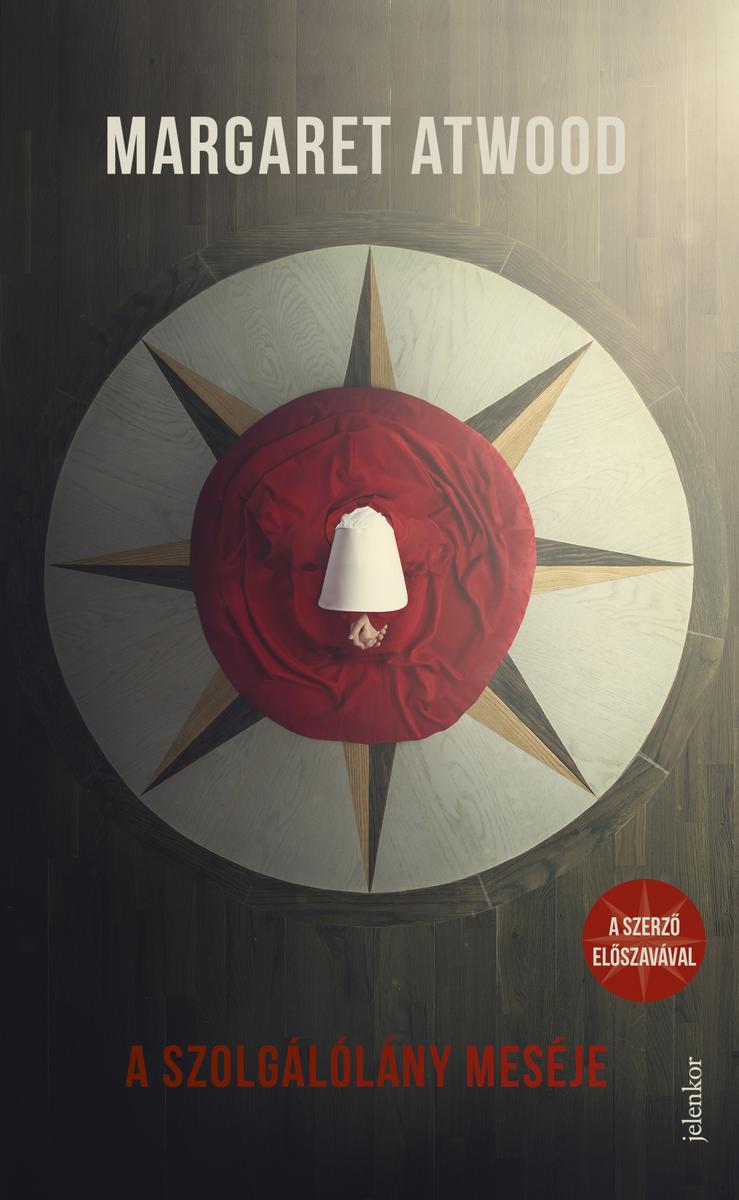
A szolgálólány meséje
¥74.56
Fredé hasznos asszony, a j?v? letéteményese. Olyasmire képes, amire csupán a n?k t?redéke: gyermeket szülni. Gileád állama kül?n?s figyelmet fordít arra, hogy ? és társai megértsék, a szülés életük egyetlen célja és értelme. A vallási fundamentalista alapokon kormányzott ország átnevel?k?zpontokban készíti fel a termékeny n?ket, hogy aztán az uralkodó elithez tartozó családokhoz kerülve két éven belül teherbe essenek a ház urától – a féltékeny, ám gyermekre vágyó Feleségek irigy pillantásaitól kísérve. Fredé a Parancsnok házában igyekszik belesimulni a hétk?znapokba, megfelelni a dogmatikus vallási el?írásoknak és mindenekel?tt megfoganni. Ha eltévelyedik, felakasztják a Falra, vagy ki?zik a Telepekre a Nemn?k k?zé hullákat égetni. A Parancsnok azonban egy este a szobájába hívatja, a szigorú tiltás ellenére teljesen egyedül, amire Fredé akkor sem mondhatna nemet, ha akarna. Margaret Atwood disztópiája megrázó vízió egy olyan világról, ahol a n?k egyetlen szerepe, hogy a vallás, az állam és a szaporodás szolgálatában állnak. A szerz? ?ellenjóslat”-nak nevezte regényét, mondván, ha ez a j?v? részletesen leírható, talán nem fog bek?vetkezni. A mára klasszikussá vált kultuszregényt 1986-ban Booker-díjra jel?lték, 1987-ben pedig megnyerte az els? Arthur C. Clarke-díjat; t?bb mint negyven nyelvre lefordították, és számos filmes és színházi feldolgozás után 2017-ben tévésorozatot is bemutattak bel?le. Majd el?veszem azt a kis vajdarabot, melyet vacsora után a jobb cip?m orrába dugtam… Mi nem kaphatunk sem kéz-, sem arckrémeket. Manapság minden ilyesmi haszontalanságnak tekintend?. Tárolóedények vagyunk, csupán a bels? szerveink fontosak számukra. A küls?nk fel?lük kiszikkadhat, megráncosodhat, akár a dió héja. A Feleségek rendeletben sz?gezték le, hogy nekünk ne járjanak testápoló szerek. Nem akarják, hogy vonzók legyünk. ?pp elég nehéz nekik így is…
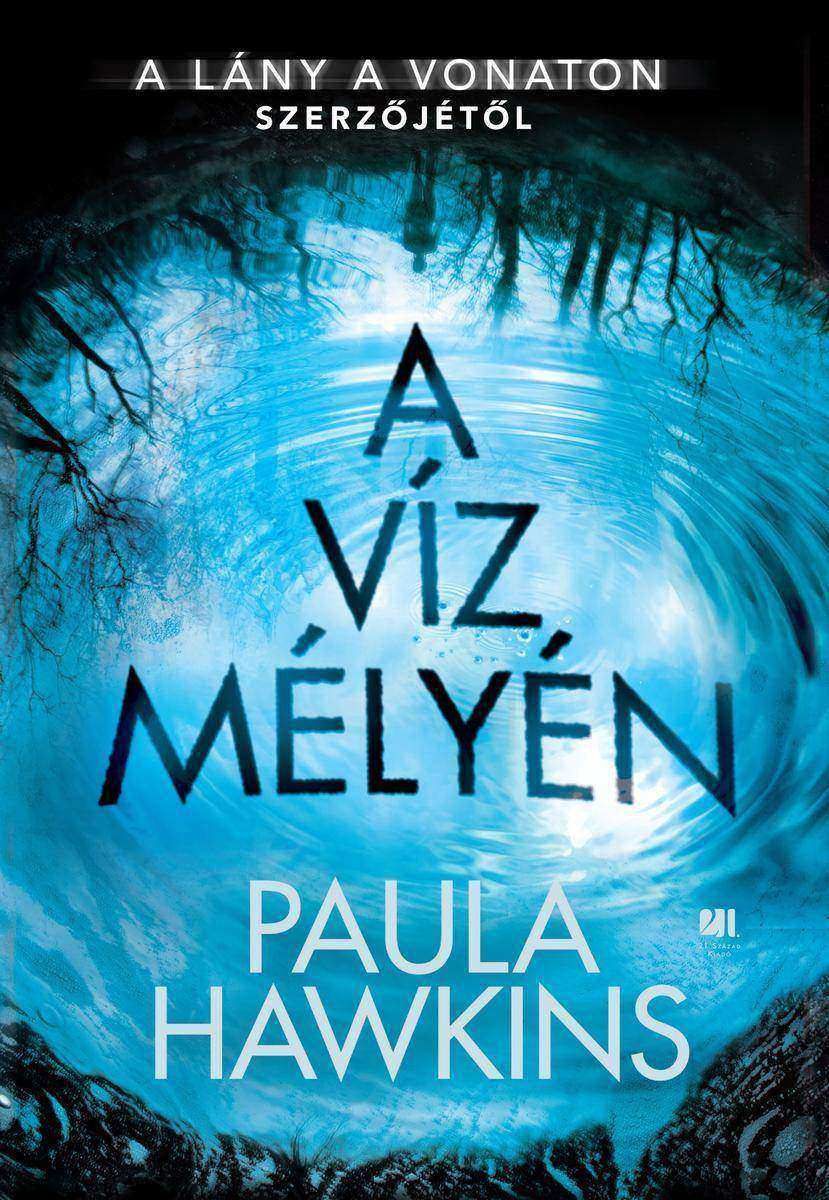
A víz mélyén
¥79.95
A várost átszel? folyóból holtan húznak ki egy fiatal n?t. Néhány hónappal korábban egy sérülékeny tinédzser lány végezte ugyanott, ugyanígy. El?ttük évszázadokon át asszonyok és lányok hosszú sora lelte halálát a s?tét vízben, így a két friss tragédia régen eltemetett titkokat bolygat meg - és hoz felszínre.Az utolsó áldozat árván maradt, tizen?t éves lányának szembe kell néznie azzal, hogy félelmetes nagynénje lett a gondvisel?je, aki most kényszeredetten tér vissza oda, ahonnan annak idején elmenekült, és ahová szíve szerint soha nem tette volna be újra a lábát. A folyóparti ház eresztékei éjjelente hangosabban nyikorognak, a fal t?vében susogó víz kísérteties neszekkel t?lti meg az egyébként zavartalan csendet. A lány a vonaton cím? regényhez hasonlóan PAULA HAWKINS újabb t?rténete is megállíthatatlanul sodorja az olvasót a végkifejlet felé, bizonyítva, hogy az írón? nagy ismer?je a n?i léleknek és az emberi ?szt?n?knek. A lány a vonaton az elmúlt évek legnagyobb sikere volt a magyar és a nemzetk?zi k?nyvpiacon. A szerz? második thrillerére két évet kellett várni. De - ahogy az els? olvasók egybehangzóan állítják - megérte.

Uma novinha em minha vida
¥8.18
Otávio vivia tranquilamente sua vida de aposentado com a esposa. Sua rotina despreocupada mudou quando sua esposa trouxe para morar com eles uma sobrinha distante.A sobrinha era uma novinha de 17 anos, cabelos ruivos e seios fartos. Como qualquer homem de meia idade, Otávio gamou na novinha e, mesmo resistindo, caiu em tenta??o.Uma tenta??o que lhe custou tudo.

Siddhartha
¥7.85
Digitalisiert vom Projekt Gutenberg Eine indische Dichtung ist eine Erz?hlung von Hermann Hesse, die im S. Fischer Verlag in Berlin im Jahr 1922 zum ersten Mal ver?ffentlicht wurde. Siddhartha, der Brahmane Das Buch handelt von einem jungen Brahmanen namens Siddhartha und seinem Freund Govinda. Der von allen verehrte und bewunderte Siddhartha widmet sein Leben der Suche nach dem Atman, dem All-Einen, das in jedem Menschen ist. Siddhartha, der Samana Seine Suche macht aus dem Brahmanen einen Samana, einen Asketen und Bettler. Govinda folgt ihm auf diesem Weg. Siddhartha spürt jedoch nach einiger Zeit, dass ihn das Leben als Samana nicht an sein Ziel bringen wird. Zusammen mit Govinda pilgert er zu Gautama, dem Buddha. Doch dessen Lehre kann er nicht annehmen. Siddhartha erkennt zwar, dass Gotama Erleuchtung erlangt hat und zweifelt die Richtigkeit seiner Lehre nicht an, jedoch glaubt er, diese sei allein für Gotama selbst gültig. Man kann nicht durch Lehre Buddha werden, sondern muss dieses Ziel mittels eigener Erfahrungen erreichen. Aus dieser Erkenntnis heraus begibt er sich erneut auf die Reise und beginnt einen neuen Lebensabschnitt, w?hrend sich sein Freund Govinda Gotama anschlie?t. Siddhartha bei den ?Kindermenschen“ Intensiv erf?hrt er nun seine Umgebung und die Sch?nheit der Natur, welche er zuvor als Samana zu verachten lernte. Er überquert einen Fluss, wobei ihm der F?hrmann prophezeit, er werde einst zu diesem zurückkehren, und erreicht eine gro?e Stadt. Hier begegnet er der Kurtisane Kamala, die er bittet, seine Lehrerin in der Kunst der Liebe zu werden. Um sich ihre Dienste leisten zu k?nnen, wird er Kaufmann. Anfangs sieht er das Streben nach Erfolg und Geld nur als eine wunderliche Eigenart der ?Kindermenschen“, wie er die dem Weltlichen ergebenen Menschen nennt. Bald wandelt sich jedoch sein ?bermut in Hochmut und er wird selbst den Kindermenschen immer ?hnlicher. Erst ein Traum führt ihm dies vor Augen und erinnert ihn wieder an seine

Az eltemetett óriás
¥86.00
'Alegreya Sans',sans-serif; font-size: 16px; font-variant: normal; font-weight: normal; letter-spacing: normal; line-height: 21px; text-align: start; text-indent: 0px; text-transform: none; white-space: normal; word-spacing: 0px; display: inline ! important; float: none; background-color:Lélegzetelállítóan szép t?rténet arról, miért vágyunk feledni, és miért kell mégis emlékezni. 'Alegreya Sans', sans-serif; font-size: 16px; font-style: normal; font-variant: normal; font-weight: normal; letter-spacing: normal; line-height: 21px; orphans: auto; text-align: start; text-indent: 0px; text-transform: none; white-space: normal; widows: 1; word-spacing: 0px; -webkit-text-stroke-width: 0px; display: inline !important; float: none; background-color: Nagyregényt tart a kezében az Olvasó, a szó legnemesebb értelmében. Kazuo Ishiguro, a japán származású brit regényíró Az eltemetett óriás-sal szimbolikus t?rténetet ajándékozott a világirodalomnak, ami, mint minden nagy el?dje, az élet és halál mérlegén megmért emberi sorskalandról mesél, helytállásról vagy elbukásról a h?ség és árulás, háború és béke, szerelem és barátság próbáiban.
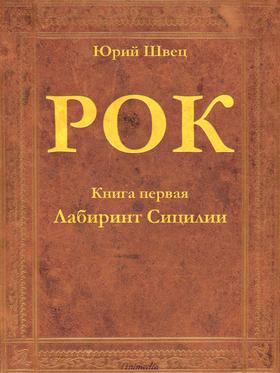
Рок. Книга первая. Лабиринт Сицилии - Исторический приключенческий роман
¥22.81
Действие первой книги романа ?Рок? разворачивается в Сицилии и далее на ?чёрном континенте?, в Африке, в период столкновения двух мегаполисов Древнего мира – Рима и Карфагена. Читателя ждут невероятно увлекательные приключения, где судьбы главных героев переплетаются паутиной войны и паутиной тайны, которую они пытаются раскрыть, борясь с невидимыми врагами. Развёрнутые красочные описания сражений, морских битв, быт, нравы того времени – все это доставит, пытливому, думающему человеку не только удовольствие от прочтения, но и повод задуматься о происходящем в мире в наше время. Этот динамичный роман написан для самой широкой читательской аудитории. Издательство Animedia Company желает вам приятного чтения.
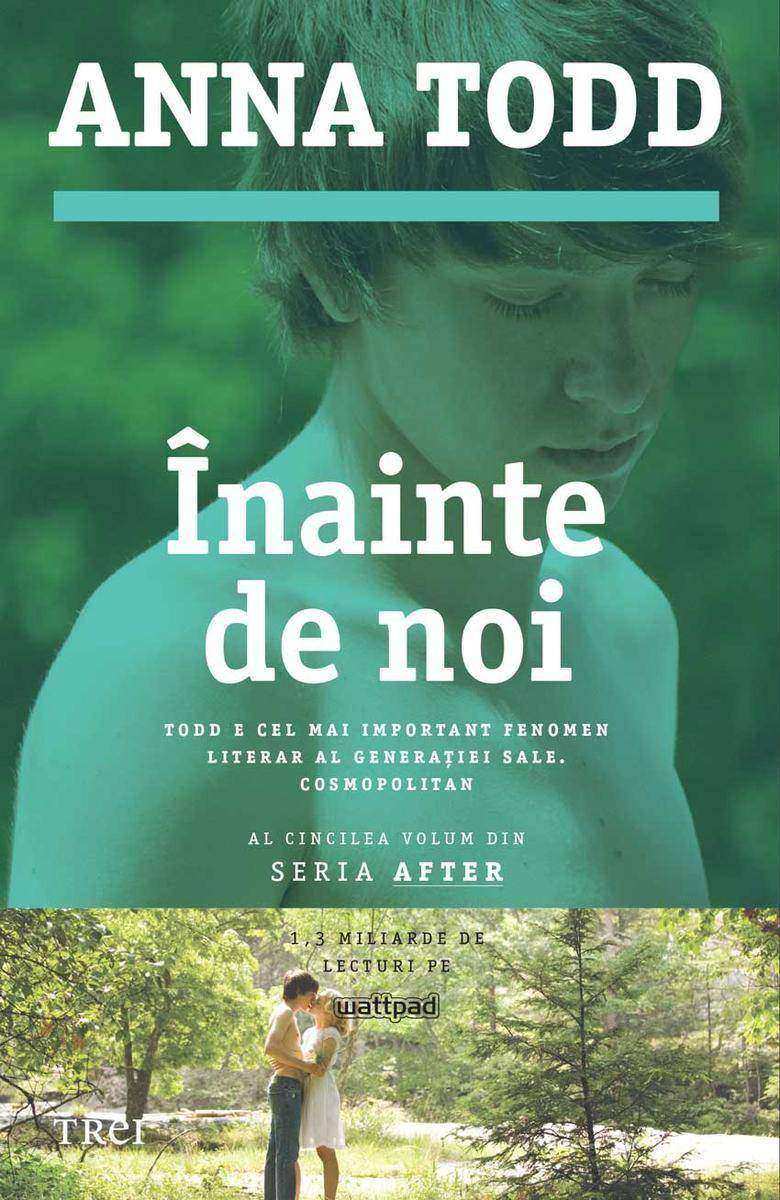
?nainte de noi
¥73.49
“Todd e cel mai important fenomen literar al genera?iei sale.” – Cosmopolitan Al cincilea volum din seria AFTER 1,3 miliarde de lecturi pe Wattpad ?nainte s? o cunoasc? pe Tessa, Hardin era impulsiv ?i s?lbatic. ?n timpul acelor prime momente ?n care s au ?nt?lnit, ?i a dat seama c? trebuie s? o ?in? l?ng? el – via?a lui depindea de ea. Dup? ce au r?mas ?mpreun?, lumea n-a mai fost niciodat? la fel. Dramatica poveste de dragoste dintre Hardin ?i Tessa s-a transformat ?ntr un v?rtej ?n care au fost atra?i to?i cei din jur. Acum ace?tia cap?t? o voce proprie ?i povestesc ce s-a ?nt?mplat ?nainte, pe parcursul ?i dup? evenimentele din primele patru volume ale seriei AFTER. Afl?m ?i cum vede Hardin prima ?nt?lnire cu Tessa – iar confesiunea lui va schimba complet ceea ce credeai c? ?tii despre b?iatul deprimat ?i ?ngerul care ?l iubea.? Domnul Darcy ?i Lizzy Bennett din vremurile noastre…? AFTER a adunat peste 1 miliard de fani online ?i a fascinat cititorii din ?ntreaga lume. Cite?te ?i tu cea mai viral? poveste de pe internet!“O lectur? foarte relaxant?, dar care are ?i mult dramatism… Te va captiva de la prima pagin?.” – A Bookish Escape“Am luat o peste tot cu mine ca s? pot citi despre Hessa ?n fiecare clip? liber? pe care am avut o. M-a vr?jit de la prima pagin?!” – Grown Up Fan girl“Anna Todd reu?e?te s? te fac? s? ?ipi, s? pl?ngi, s? r?zi, s? te ?ndr?goste?ti ?i s? te cuib?re?ti ?n pat… preg?te?te-te s? sim?i emo?ii pe care nu credeai c? ?i le poate aduce vreo carte.” - Fangirlish?

Parteneri perfec?i
¥7.36
Joel Blackstone a petrecut zece ani ca s? transforme Thornquist Gear dintr-un mic magazin local ?ntr-un juc?tor important pe pia?a echipamentelor sportive ?i de camping. Recompensa pentru munca sa era promisiunea b?tr?nului Thornquist de a-i vinde afacerea ?n mai pu?in de un an. Din p?cate, proprietarul moare pe nea?teptate ?i-i las? mo?tenire imperiul unei nepoate din Vestul Mijlociu – nimeni alta dec?t o bibliotecar?. Joel consider? acest lucru doar o piedic? minor? – se va oferi pur ?i simplu s? cumpere compania de la ea.Leticia Thornquist este profund ?ndurerat? de moartea unchiului ei ?i vede ?n mo?tenire ocazia perfect? de a-?i schimba radical via?a, mai ales dup? ce ??i surprinde logodnicul ?ntr-o postur? extrem de compromi??toare. Drept pentru care se hot?r??te s?-?i dea demisia, s? se mute la Seattle ?i s? preia conducerea companiei. Cur?nd ?ns? ??i d? seama c? un obstacol major ?i st? ?n cale – Joel Blackstone.Prin urmare, este inevitabil ca, profesional, Joel ?i Letty s? se ?nfrunte cu ?nfl?c?rare pentru c??tigarea controlului asupra companiei… dar asta nu ?i ?mpiedic? s? realizeze c? sunt parteneri perfec?i ?n toate celelalte privin?e.

101 Blagues
¥8.18
Super compilation avec les meilleures blagues. Lire blagues de tous types et go?ts.

Conselhos que os livros de auto-ajuda n?o ensinam
¥7.63
Prepare-se para aprender valiosas li??es de auto-ajuda que nem Augusto Cury vai lhe ensinar. S?o ensinamentos que, se n?o lhe ajudarem a viver melhor, também n?o o deixará viver pior.

Inim? de piatr?
¥7.36
Via?a grea l-a ?nv??at pe Lucas Kendrick, Duce de Harndon, s?-?i p?streze o inim? de piatr? ?i s? nu-?i dezv?luie sentimentele. Respins de logodnic?, tr?dat de fratele lui, alege s? se dueleze cu acesta ?i aproape ?l ucide. De aceea, este nevoit s? fug? la Paris unde locuie?te timp de 10 ani. Aici ajunge cel mai c?utat burlac, un adev?rat dandy al vremii respective ?n societatea monden?. Dup? moartea fratelui, unchiul lui insist? s? se ?ntoarc? acas? pentru a prelua titlul de duce ?i s? se ocupe de proprit??ile familiei. Lucas este amuzat de sfatul de a se ?nsura c?t mai repede pentru a-i fi mai u?or s? ?in? ?n fr?u certurile din familie ?i s? aib? grij? de uria?a mo?tenire. Totu?i, atunci c?nd o cunoa?te pe Lady Anna Marlowe la un bal, se hot?r??te ?ndat? s? o ia de so?ie ?i se c?s?toresc ?n doar o s?pt?m?n?. Frumoasa ?i vesela fat? ascunde ?ns? un secret ?nfior?tor din trecutul ei. Un necunoscut o amenin?? ?i va fi ?n pericol s? fie r?pit?, pericol care ?l va amenin?a ?i pe copilul lor nen?scut. Nici familia nu-i ofer? lui Lucas prea mult? lini?te. Intrigile sunt la ele acas? ?n castelul ducelui: mama, sora, fratele mai mic ?i so?ia fratelui decedat nu se las? ?i ?ncearc? s? pun? m?na pe putere. Iar ceva – mai degrab? cineva – ?i va ?nmuia inima lui Lucas ?i ?l va schimba ?n mod nea?teptat.

Jocul seduc?iei
¥7.36
Pirat, crai ?i burlac ?nr?it – dar dragostea are propriile c?i de a-?i g?si ?mplinirea Dup? ce descoper? c? logodnicul pe care l-a a?teptat ani ?ntregi a tr?dat-o ?n cel mai m?r?av mod, disperat?, Georgina Anderson se hot?r??te s? se ?ntoarc? c?t mai cur?nd acas? ?n America, pentru a-l da uit?rii ?i a-?i lecui inima fr?nt?. A?a c? adopt? solu?ia nebuneasc? de a se ?mbarca la bordul navei Fecioara Anne deghizat? ?n mus, f?r? s? aib? nici cea mai vag? b?nuial? c? va fi cu totul la dispozi?ia tiranicului c?pitan al vasului, James Mallory.Oaia neagr? a unei familii m?ndre ?i pline de firi furtunoase, chipe?ul c?pitan, fost pirat, a jurat c?ndva c? nu exist? femeie care s?-l poat? prinde ?n mrejele c?sniciei. Iar asta pentru c? ?ntreaga lui via?? a fost un adev?rat crai, poate cel mai renumit din Londra, fiind martor la superficialitatea femeilor m?ritate care abia a?teptau s?-?i ?n?ele so?ii ne?tiutori chiar cu… el ?nsu?i. Dar ?n largul m?rii, hot?r?rea aparent nestr?mutat? va fi sl?bit? de o pasiune mai fierbinte ca iadul ?i de frumuse?ea temperamentalei Georgina, a c?rei dragoste pentru libertate ?i aventur? se potrive?te at?t de bine cu ceea ce simte el ?nsu?i. Iar c?nd dou? suflete-pereche se ?nt?lnesc, nici un obstacol nu poate rezista ?n calea iubirii.

Eu nunca mais vou roubar wifi do vizinho
¥7.63
Uma história de terror inspirada na creepypasta Wifi Grátis, onde um sujeito passa a usar wifi de gra?a sem saber que o pre?o de usar essa internet seria o mais caro de sua vida.




 购物车
购物车 个人中心
个人中心



